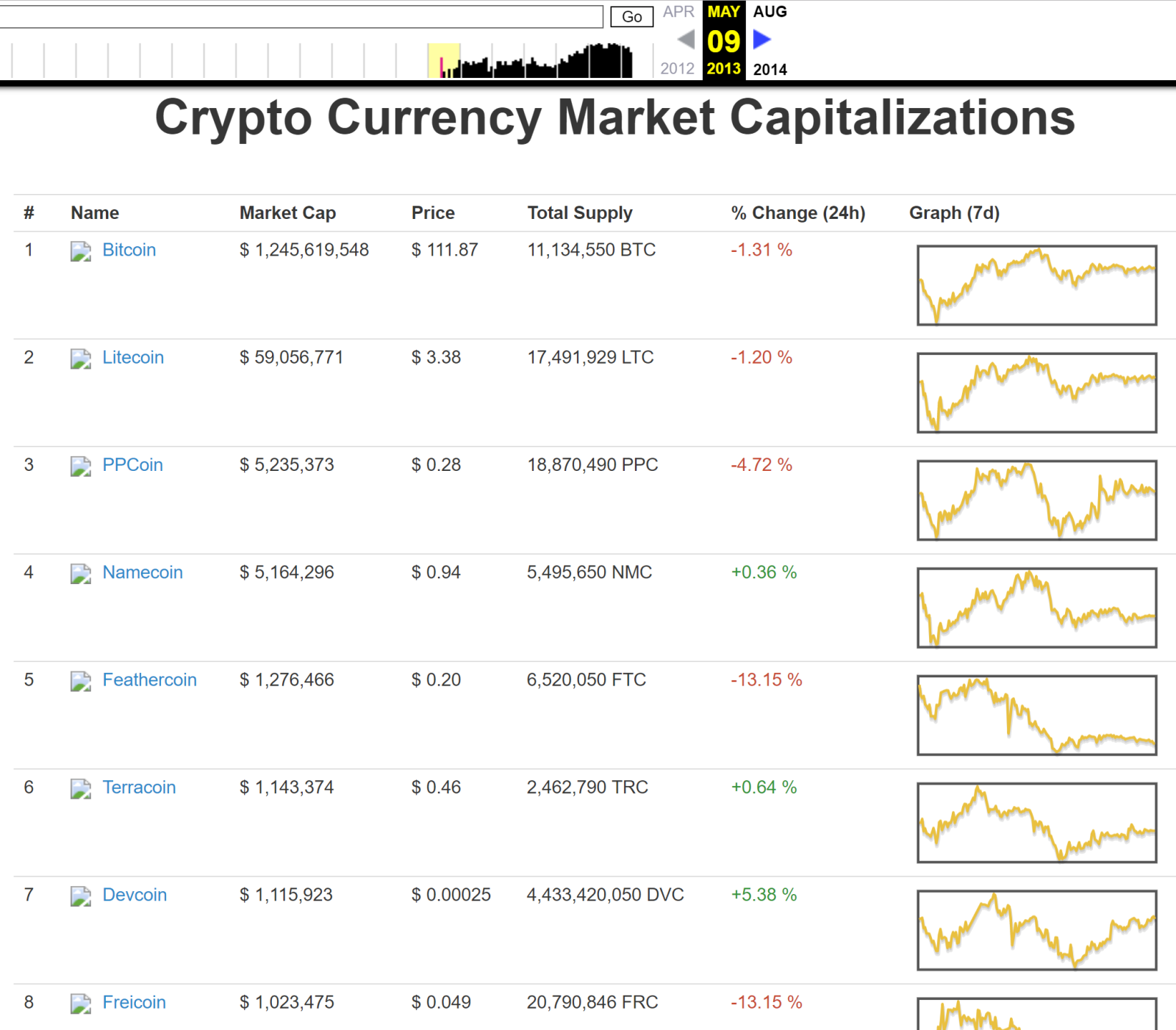Carl Menger, the founder of the Austrian school of economics, expressed a fundamental insight in his essay On The Origins of Money: goods compete on the market to become a monetary medium of exchange. The most saleable goods are the likeliest to become used as a medium of exchange and eventually emerge as the money.
In “Chapter V - Concerning the Causes of the Different Degrees of Saleableness in Commodities,” Menger wrote about ways in which different commodities could be distinguished. Can these be applied to distinguish amongst cryptocurrencies to understand which ones are more saleable?
Menger spoke of saleableness through two dimensions, time and space. In terms of space, this includes aspects of how easy the good is to transport, and the local extension of organised markets and inter-communication by arbitrage. In our modern day world of internet connected cryptocurrency exchanges, on these aspects there is not a large distinction between cryptocurrencies in terms of space.
However in terms of saleableness of commodities through time, Menger noted some factors that we could use to distinguish between cryptocurrencies:
● Permanence in the need of them
● Their durability
● The cost of preserving and storing them
With regard to ‘permanence in the need of them’ and durability — we could look at which cryptocurrencies have survived, while many other cryptocurrencies have come and gone in this time period, the survival rate of some is better than others. For instance, consider this snapshot below of the top cryptocurrencies of 2013:

Source: Listing of the top cryptocurrencies from 2013.
Now, compare this with a snapshot from April 2019:

Source: Listing of top cryptocurrencies in April 2019 from coinmarketcap.
By the same logic, how likely are these current cryptocurrencies to continue to exist (and be relevant) in 10 years? A person looking to speculate on cryptocurrency would do well to consider the Lindy effect — popularized by Nassim Taleb. The Lindy effect suggests that the longer a technology or idea has survived, the longer we should expect it to continue to survive.
One view of the cryptocurrency market is of “Bitcoin Dominance” — naively measuring Bitcoin’s “market cap” against other cryptocurrencies. However, seeing as money may be better distinguished by its saleableness as a good, we might consider not only the overall ‘market capitalization’ of a cryptocurrency, but the liquidity of these cryptocurrencies. In some cases, statistical analyses of volume weighted averages of trading volume have put Bitcoin’s actual ‘dominance’ greater than 80%.
Turning to security and long term storage, Bitcoin and cryptocurrencies function as bearer assets where the holder of the private keys is the person who may spend/control the coins. Safe cryptocurrency storage generally requires the holder to secure the private keys from attackers seeking to access the keys and steal the coins. Thankfully, there are solutions in the market that help a holder to secure their coins more safely, such as multi-signature solutions for individuals. Multi-signature solutions act in a way to split up the keys to the coins across different devices and locations, permitting a set up such as “3 of 5 keys required to spend”. Because human time and development efforts are scarce, some cryptocurrencies have more well developed security products and solutions than others do. These multi signature products and services are more mature within the larger and older cryptocurrencies than within other cryptocurrencies. In this sense, there are developer and cryptocurrency business network effects in favour of larger, more saleable cryptocurrencies. For example, as of early 2019, it is easier to safely secure Bitcoin with multi signature than other cryptocurrencies.
In Ludwig von Mises book, The Theory of Money and Credit, Mises notes:
The greater the marketability of the goods first acquired in indirect exchange, the greater would be the prospect of being able to reach the ultimate objective. Thus there would be an inevitable tendency for the less marketable of the series of goods used as media of exchange to be one by one rejected until at last only a single commodity remained, which was universally employed as a medium of exchange; in a word, money.
In our modern day world under inflationary fiat money standards, there can be a greater speculative demand for alternative goods or monies. If we continue to see increased speculative demand among cryptocurrencies, assessing them through a framework of saleableness may help us understand why some cryptocurrencies are chosen for speculation above others.


